2025 June round up
Welcome to the recap of April, May, and June round-up newsletter. A letter about everything that has happened inside and outside the tea nursery during the extremely busy harvest season.
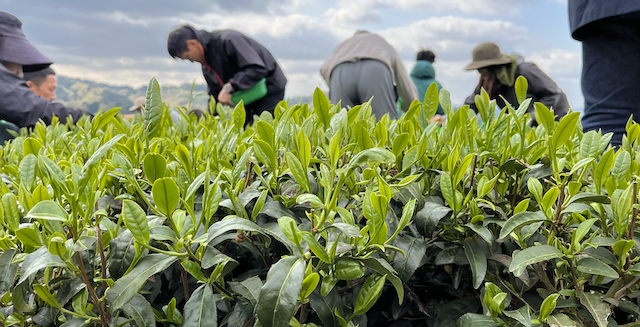
Welcome to the recap of April, May, and June round-up newsletter. A letter about everything that has happened inside and outside the tea nursery during the extremely busy harvest season.
Spring Buzz → Summer Vibes
March was a mixed bag in terms of weather. So was April and at least half of May. On and off rain showers. Cold evenings, warm days, the scary occasional cold spell just before the harvest, and more. From there, we plowed through the rest of May without much problem, until we realized how hot it was getting suddenly. Just in time for an intermittent rainy season, known in Japan as Tsuyu, to cool us but also bring the humidity up to the eleventh. Don't they say that farmers always complain about the weather? I have to say that I love the rainy season, even if that means I have been soaked to the bones, luckily or not, only a couple of occasions this year.
This year the harvest time coincided perfectly with Hachiju-Hachiya, the traditional new tea harvesting day. As always, the harvest brings in the joy of the new tea, new energy flowing through the mountains, and a buzzing of farmers harvesting in the mountains. It brings as well sleepless nights in the factory and the rush to move material from the factory floor into the doors of consumers. Above all, it also delivers some brief moments to savor the fruits of the extenuating job that is farming. It feels like being in the eye of a storm, if I might use such a tacky expression.
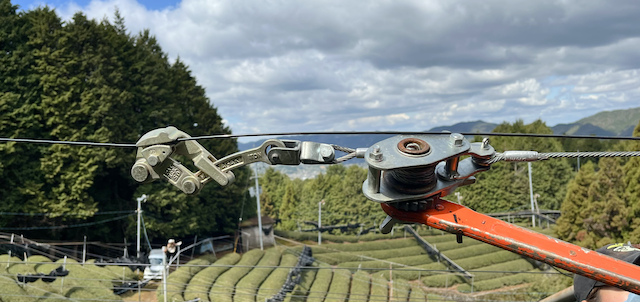
Recent Activity
It is difficult to summarize three months’ worth of effort and memories. It has been extremely busy at the farm, at the office, at university, and personally as well. If I can use a line from the great Albert Camus, albeit in a different context, wrote: "Sometimes, carrying on, just carrying on, is the superhuman achievement". Now that I have taken time away to rest, it is the conclusion I have arrived at about these last three months. Happy to have been privileged to experience it, grateful for the great supporting hand of everyone around me, but drained and in need of rest. I took some months away from writing, and I am so glad I missed this so much. It has been one of my most recurring thoughts while working this past week in the fields, while weeding, while trimming, and driving around the mountains on the way to the fields. I could not wait to share even just a smidge of this experience.
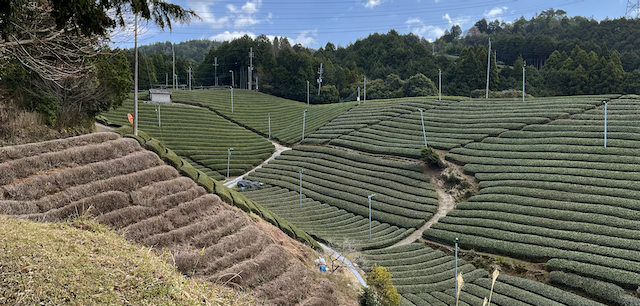
We also found a cat inside one of the inner roofs of a building at work. Don't ask us how such a small cat found its way there, but it did. After watching nervously the rescue through the work chat and afterward, nervously thinking about what was going to happen to such a small kitten, we decided to adopt Houji into our home. Houji-chan, named after the building it was found in (and also a good rhyming name), is around 8–10 weeks old. So, a lot has happened.

What is next
Now heading full steam into the summer harvest, long dismissed due to the "drop" in quality, the extenuating weather, and the focus on other activities, like rice cultivation. To me, summer is interesting as a second spring, the one where the wilderness is allowed to shine. Forget the refined, intoxicating sweet flavors experiences of shincha, sencha, gyokuro, matcha, and other spring-flavored classical flavor concerts. Welcome, one of the folk tea seasons, together with winter, where the underground rock stars shine.
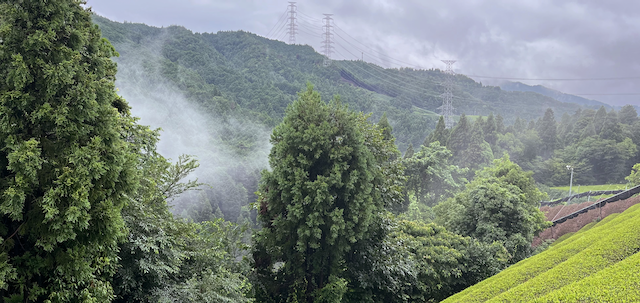
Japanese black tea comes first to mind, albeit produced in spring as well. It gains a deeper, bolder expression only found, in my opinion, this season. Let's not forget how great some bancha can be, both in winter and summer. Forget the sencha-like processed bancha for a season; here come sun-dried, boiled, pan-fired, even grilled over flames, proudly scared teas. Some local to only some villages, traditions passed through the weave of that land and its community. My favorites undoubtedly are, stealing a line from a friend, the "Mongolian throat singer ballerinas" that are Japanese fermented teas.
Traditional teas nestled in remote villages, while mostly disappearing, some are coming back through local and regional revival initiatives that realized the imminent danger these historical teas were in. Some of which, already dead and buried in history, are being recovered through similar initiatives. These teas are rooted into the land and environment like no other tea does in Japan. Forget the perfectly manicured rows grown elsewhere; these bushes live in the forest, some of them in the also endangered areas known as Satoyama 里山. Interstitial zones where managed forests and their communities exist. Moreover, the harvest is done in the height of summer; coarse leaves are picked to undergo a radical transformation. Extensive boiling, pan-firing, steaming, open flame in some cases, then a simple but important rolling step might be performed in some cases.
Some teas are then dried in the sun, rehydrated with the water used to boil them, sprinkled over the leaves, then again drying and repeating over and over. Some are packed tightly into generation-old wooden barrels for fermentation. So tightly compressed that the resulting mushy cake needs to be cut and scooped out to be sun-dried, occasionally rehydrated by the unexpected summer rains. These teas hold in them the history of the land and the people who crafted them, but there is one more crucial element, different from any other common tea in Japan. An expression of life itself, microbes from the leaf, naturally present, brought into each individual house and thus over generations populating the many tools used to create the tea. Each a unique family nurtured expression of its plot of land, the wood from the barrel, the hand, and heart of its people, unique to each family in the village. A legacy carried through, its sweet and punchy embrace that might be an acquired taste for some, but there is no doubt to me on the hidden beauty these teas carry with them.
I am so excited to enjoy some of those expressions and help make some myself this year as well!
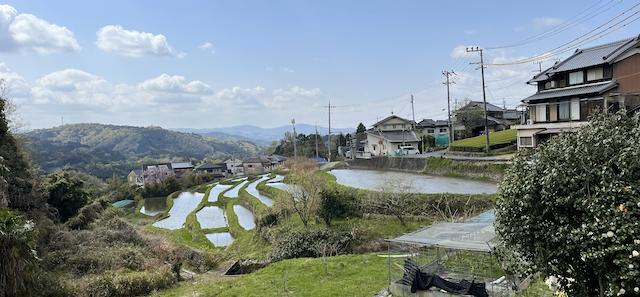
Books and other fun stuff
This time I would love to recommend a food-related book (what a surprise), although differently. Bird, Winifred. . Eating Wild Japan: Tracking the Culture of Foraged Foods, with a Guide to Plants and Recipes. Stone Bridge Press, 2021. While I am no forager myself at all, this book offers some insight on the importance of foraging in the multiple regions of Japan. You can see the expression of their regional culture and historical diet through those. It is a heartfelt exposition of not just foraging but our relationship to food and how it has shaped communities and the relationship between humans.
As a podcast recommendation, many months ago I had the opportunity to sit down with George, the brain behind People of Tea, for a long conversation. It has now been published, if you are interested in listening to it, you can find the podcast here. While I am a couple of episodes behind, may I especially recommend you a great interview with Kanji Nakata? Kanji-san is a schoolteacher from Uji turned farmer now residing in Kamikatsu, home of Awabancha, a beautiful mountain village in Tokushima prefecture.
That is it for this month. As always, you can help the blog by sharing this newsletter or any of the blog posts and sharing it with a friend or family member who could enjoy it.
